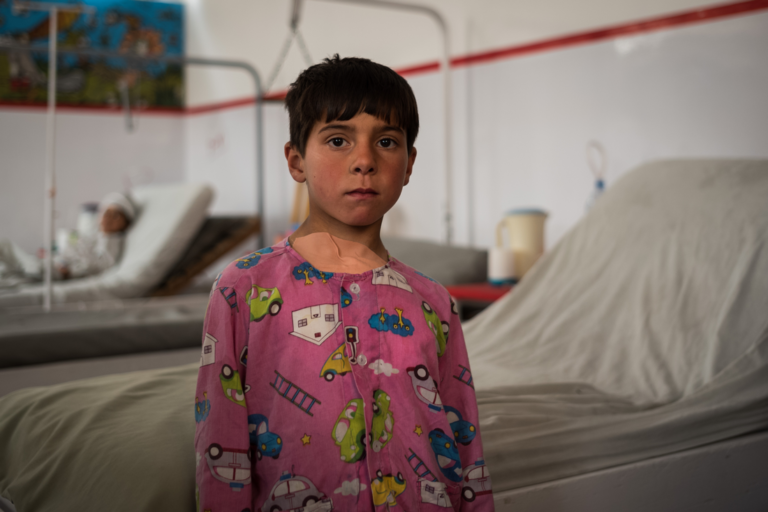Civilian casualties dropped slightly in Afghanistan in 2017, according to the latest annual report from the U.N. Assistance Mission in Afghanistan.UNAMA recorded 10,453 civilian casualties for the year — a nine-percent dip compared to 2016.
The nine-percent decrease was a result of fewer injuries and death in ground fighting compared to 2016, but the report noted that the “number of civilian casualties from suicide and complex attacks continued to rise.”
Kate Clark, co-director of the Afghan Analyst Network, observed in her own report that “reduction translates into almost 800 people who are alive and uninjured today who would have been harmed if the 2016 casualty rate had been sustained.”
The UNAMA staff noted a substantial increase indiscriminate use of IEDs such as suicide bombs and pressure-plate devices in civilian-populated areas, which accounted for 40 percent of the total casualties — 1,229 deaths and 2,922 injuries.
This was also the year that Afghans witnessed the single deadliest attack since 2001 — the truck bomb that detonated on May 31, 2017 in the diplomatic neighborhood in central Kabul. The attack resulted in 92 deaths and 491 injuries.
While the U.N. body and the Afghan government welcomed the continued decrease in civilian casualties throughout 2017, it means little to seven-year-old Omid from Logar province, 60 kilometers away from the capital city. “He was playing with two of his friends outside the house when the gun battle started between the Afghan forces and local insurgents,” Omid’s father told War Is Boring at the Emergency War and Trauma Hospital in Kabul.
Read full story on War Is Boring
